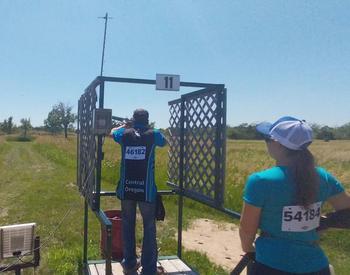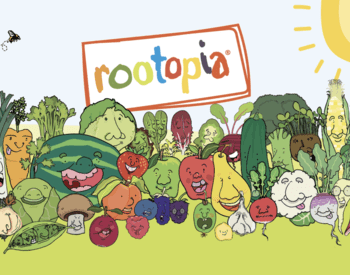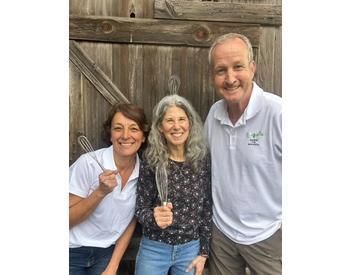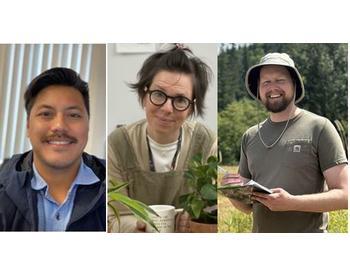Transcript
We all know that 4-H works magic in the lives of youth. And the 4-H Thriving Model tells us how that magic happens. The 4-H Thriving Model takes the best of research in youth and adolescent development and helps us understand what we need to do in 4-H programs to make sure that we have the biggest impact on Oregon's youth that we can. The 4-H Thriving Model helps us know what to do in our programs. And this means that our 4-H professionals around the state, as well as the volunteers who work with us, can follow some basic principles for youth development. These principles are really important because we know when we put them into practice that young people grow and thrive.
A few of these principles are SPARKS, helping a young person find their passion and motivation and purpose in life. We do that through the projects that 4-H kids are interested in pursuing and learning about. We also want to make sure that every young person feels like they belong in 4-H. This means that they feel physically and psychologically and identity safe and that they matter among the 4-H community. And then finally, we wrap those young people with developmental relationships that help young people know that they're cared about, that challenges their growth, shares power for planning and voice, and shows them possibilities for the future. When our professional staff and our volunteers do high-quality 4-H programs following the 4-H Thriving Model, we know that young people will demonstrate outcomes that sets them up for success across their life. These outcomes include vocational or academic success, civic engagement, employability and economic stability, as well as happiness and well-being. The 4-H Thriving Model helps us know what to do in programs and as we do our programs better, more youth are impacted in a positive way across Oregon.
The 4-H Thriving Model, developed by OSU Extension’s Mary Arnold and now being adopted nationwide, takes the best of youth and adolescent development research and helps us understand what we need to do in our programs to have the biggest positive impact on our youth. Our 4-H professionals and volunteers can follow Thriving basic principles for positive youth development. When these principles are put into practices, we know that young people grow and thrive.



















